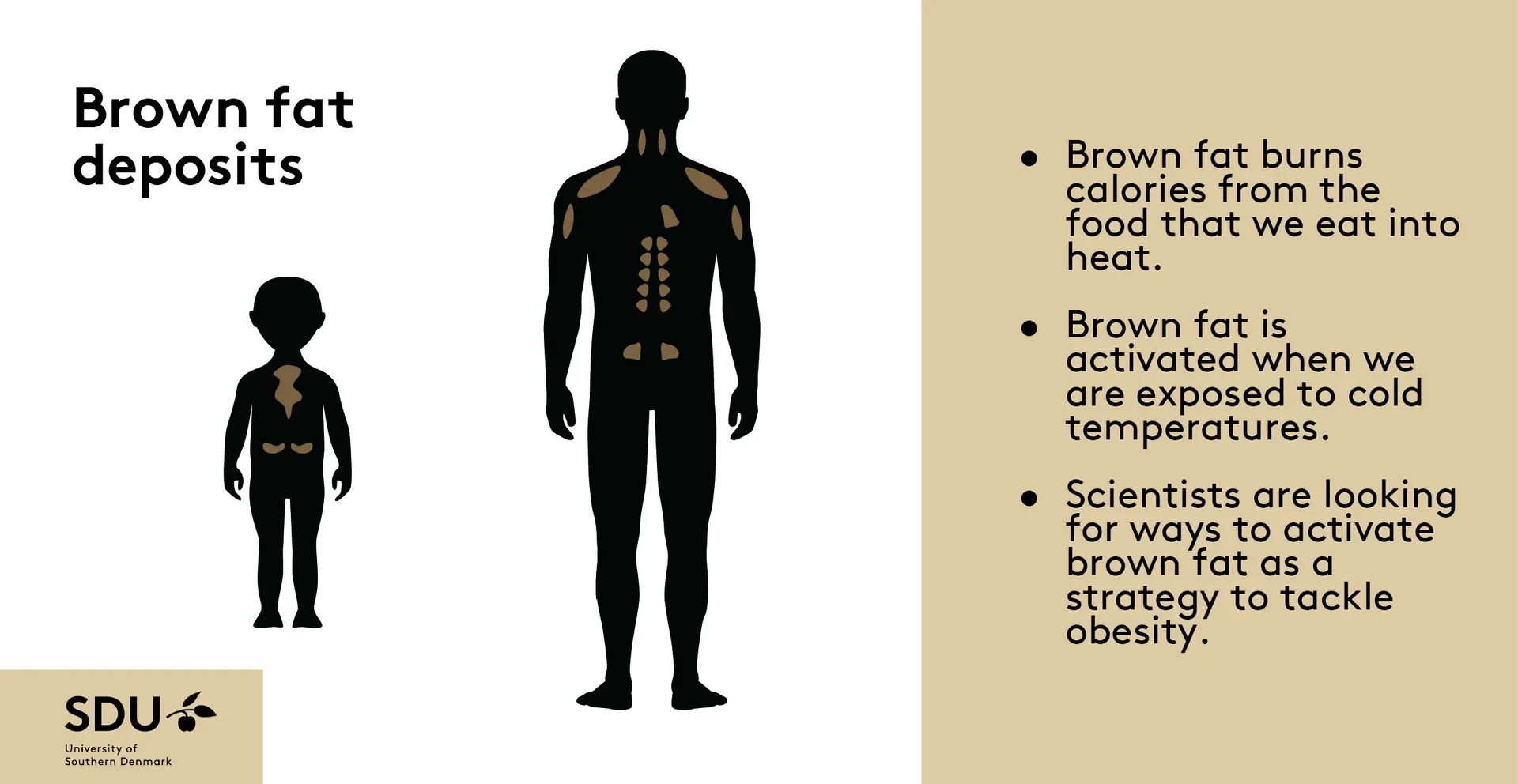Brown fat, also known as brown adipose tissue (BAT), is a type of fat in our bodies that's different from the white fat around our belly and thighs that we are more familiar with. Brown fat has a special job—it helps to burn calories from the foods that we eat into heat, which can be helpful, especially when we're exposed to cold temperatures like during winter swimming or cryotherapy. For a long time, scientists thought that only small animals like mice and newborns had brown fat. But new research shows that a certain number of adults maintain their brown fat throughout life. Because brown fat is so good at burning calories, scientists are trying to find ways to activate it safely using drugs that boost its heat-producing abilities.
A new study from the research groups of Prof. Jan-Wilhelm Kornfeld from the University of Southern Denmark and the Novo Nordisk Center for Adipocyte Signaling and Dagmar Wachten from the University Hospital Bonn and the University of Bonn (Germany) has found that brown fat has a previously unknown built-in mechanism that switches it off shortly after being activated. This limits its effectiveness as treatment against obesity. According to first author of the study, Hande Topel, who is a Senior Postdoc at the University of Southern Denmark and the Novo Nordisk Center for Adipocyte Signaling (Adiposign), the team has now discovered a protein responsible for this switching-off process. It is called ‘AC3-AT’.
Blocking the "off switch" opens up a new strategy
“Looking ahead, we think that finding ways to block AC3-AT could be a promising strategy for safely activating brown fat and tackling obesity and related health problems”, Hande Topel says. The research team found the switch-off protein using advanced technology predicting unknown proteins. Hande Topel explains: “When we investigated mice that genetically didn't have AC3-AT, we found that ...
